The integration of Internet of Things (IoT) sensor networks in mixing plants represents a significant advancement in automation, revolutionizing how these facilities operate. By leveraging IoT technology, mixing plants can achieve higher efficiency, enhanced quality control, and improved operational insights. This article explores the ways IoT sensor networks can elevate the automation level in mixing plants, focusing on their benefits from a user-centric perspective.
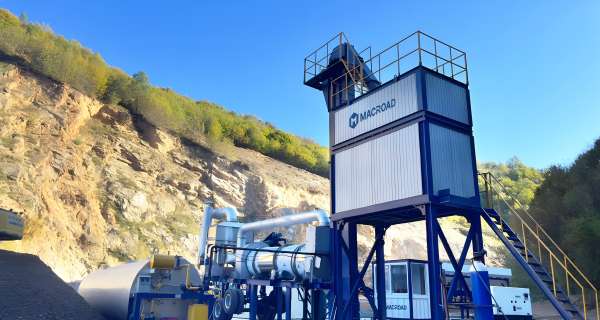
Real-Time Monitoring and Data Collection
One of the most impactful features of IoT sensor networks is their ability to provide real-time monitoring and data collection. Sensors installed throughout the mixing plant can continuously gather data on critical parameters such as temperature, humidity, and material flow rates. This information is transmitted to a centralized system, allowing operators to monitor conditions in real-time and make informed decisions.
For instance, in a stationary asphalt plant, IoT sensors can track the moisture content of aggregates, ensuring they are within optimal ranges for mixing. This real-time data helps prevent issues such as poor bonding in asphalt mixes, which can arise from variations in material properties. Similarly, in mobile asphalt plants, real-time monitoring enables operators to adjust production parameters on-the-fly, enhancing the adaptability and responsiveness of operations.
Furthermore, this continuous data stream facilitates predictive maintenance. By analyzing sensor data, operators can identify potential equipment failures before they occur, reducing downtime and maintenance costs. This proactive approach improves overall operational efficiency, allowing mixing plants to maintain consistent production levels.
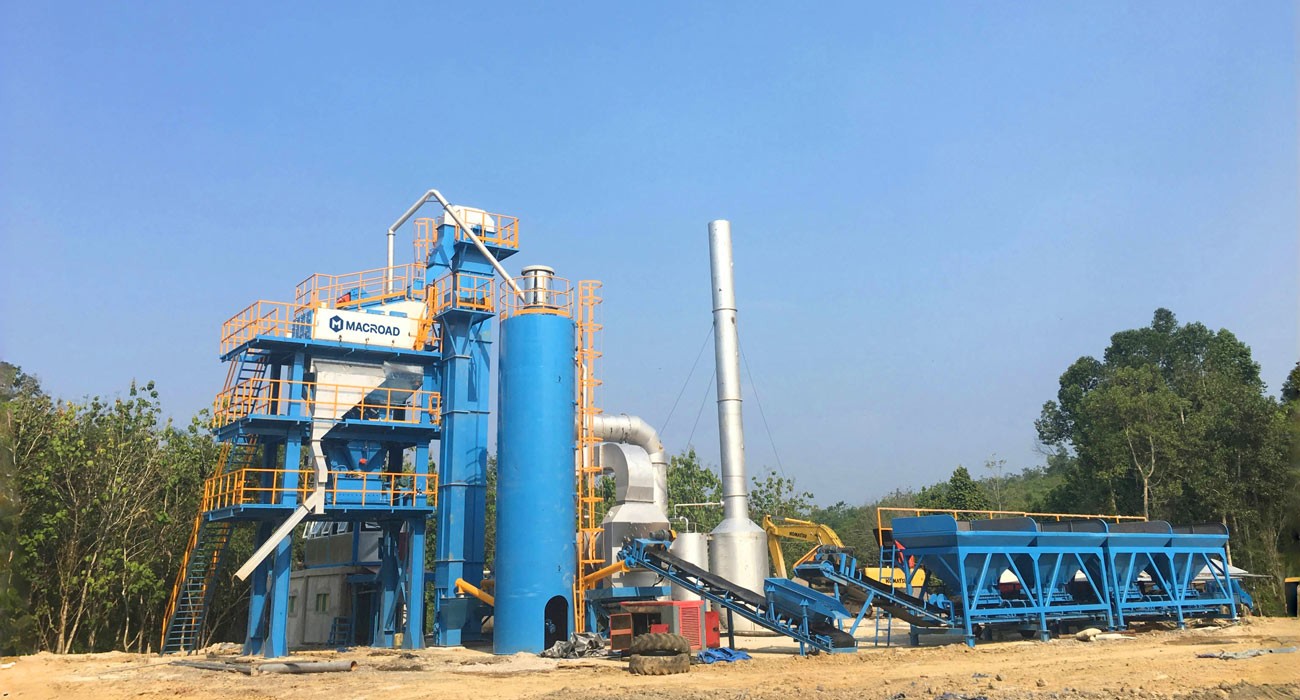
Improved Quality Control and Consistency
Another significant advantage of implementing IoT sensor networks is the enhancement of quality control processes. Automated systems can utilize data from sensors to ensure that mixing parameters are maintained within specified limits. For example, in batch mix asphalt plants, sensors can monitor the precise amounts of each material being fed into the mixer, ensuring that every batch adheres to the required specifications.
The ability to automate quality checks not only improves consistency but also reduces the likelihood of human error. Operators can set predefined thresholds for various parameters, and the system can automatically adjust the mixing process if any parameter falls outside these limits. This level of automation ensures that the final product meets industry standards and client expectations.
Additionally, IoT-enabled quality control systems can provide valuable insights into the mixing process. By analyzing historical data, operators can identify trends and make informed decisions about adjustments to improve product quality. This feedback loop fosters continuous improvement, enhancing the overall performance of the mixing plant.
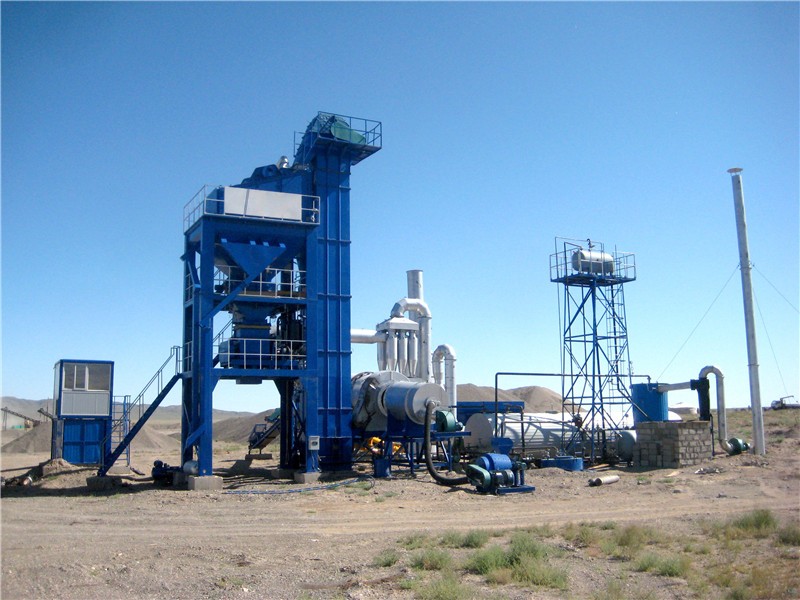
Enhanced Operational Insights and Decision-Making
IoT sensor networks also enhance operational insights, enabling better decision-making for mixing plant operators. The accumulation of data from various sensors provides a comprehensive view of plant performance, allowing operators to analyze efficiency metrics and identify areas for improvement.
For instance, in a hot mix asphalt plant, operators can evaluate the energy consumption of different processes. By understanding where energy is being used most, they can implement strategies to optimize consumption and reduce operational costs. Similarly, in cold mix asphalt plants, data analytics can help identify the most effective material combinations for different projects, improving cost efficiency and product performance.
Moreover, the integration of IoT technology allows for remote monitoring and control of mixing plants. Operators can access real-time data and make adjustments from anywhere, facilitating greater flexibility and responsiveness. This capability is particularly beneficial for operators managing multiple sites, as it enables them to oversee operations without being physically present at each location.
Conclusion
In conclusion, IoT sensor networks significantly enhance the automation level of mixing plants through real-time monitoring, improved quality control, and better operational insights. By leveraging these technologies, operators can achieve higher efficiency, reduce costs, and ensure consistent product quality. As the construction industry increasingly embraces automation, the integration of IoT in mixing plants will become essential for staying competitive and meeting the evolving demands of the market. By adopting these innovations, mixing plants can not only improve their operations but also contribute to higher standards in asphalt production and construction practices.














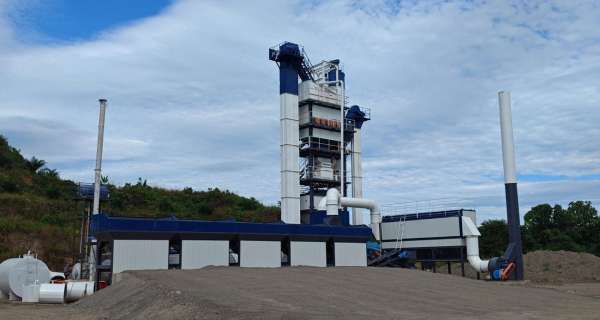
















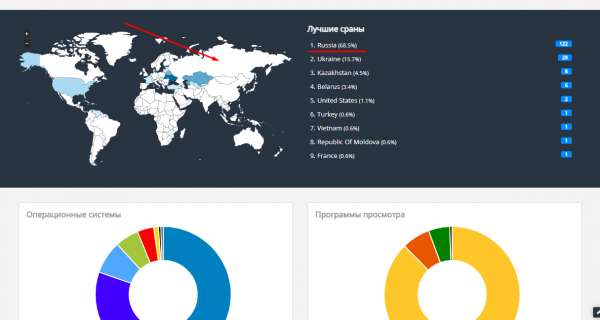
1 Comments
Okkkk
REPLY